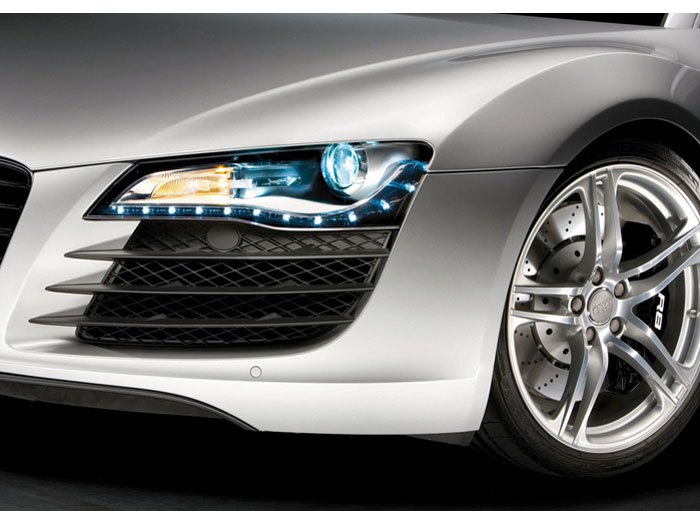Self-driving cars set to cut fuel consumption
Large-scale test seeks to put humans in the back seat

Back in the 1950s, boys' comics often featured utopian visions of a future world where cars variously flew, spoke to their owners or drove themselves.
Of course, armed with hindsight we all now know that such visions were nothing but fantasy apart, that is, from the very last one on the list – self-driving vehicles.
Tests in the open
The first such cars are part of a pilot scheme being run by Japan's New Energy and Industrial Technology Development Organization (NEDO) from early next year. The vehicles are part of a drive to cut energy consumption.
NEDO says it will start testing several key technologies that allow for autonomous driving between 2010 and 2012. The group will use a public highway that won't officially open until 2020.
Hive mind
Chief among these technologies are vehicle-to-vehicle communication and position recognition. The latter will be used to equip car computers with an accurate sense of location and surroundings, while the former allows for something even more intriguing.
Sign up for breaking news, reviews, opinion, top tech deals, and more.
NEDO's idea is that cars should communicate with each other so they can move together in a kind of swarm effect.
The upshot will be tightly packed vehicles moving automatically in convoys that reduce air resistance and, therefore, fuel consumption. What human drivers are supposed to do when the machines take over wasn't spelled out.
J Mark Lytle was an International Editor for TechRadar, based out of Tokyo, who now works as a Script Editor, Consultant at NHK, the Japan Broadcasting Corporation. Writer, multi-platform journalist, all-round editorial and PR consultant with many years' experience as a professional writer, their bylines include CNN, Snap Media and IDG.